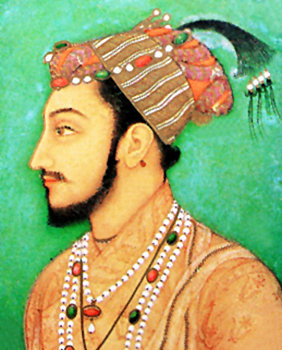Dara Shikoh | 31 Aug 2021
Why in News
The Ministry of Culture recently set up a seven-member panel of the Archaeological Survey of India (ASI) to locate the grave of the Dara Shikoh.
- He is believed to be buried somewhere in the Humayun’s Tomb complex in Delhi, one of around 140 graves of the Mughal clan.
Key Points
- About:
- He (1615-59) was the eldest son of Shah Jahan. He is described as a “liberal Muslim” who tried to find commonalities between Hindu and Islamic traditions.
- He is known as a pioneer of the academic movement for interfaith understanding in India. He had a deep understanding and knowledge of major religions, particularly Islam and Hinduism.
- He was inclined towards philosophy and mysticism over military pursuits in comparison to Aurangzeb.
- In 1655, his father declared him the Crown Prince, but was defeated by Aurangzeb, his younger brother, in 1657 after Shah Jahan fell ill.
- He was assassinated by Aurangzeb, in a bitter struggle for the throne on 30th August, 1659 when he was 44.
- Works:
- Connection between Hinduism and Islam:
- His most important works, Majma-ul-Bahrain (Mingling of Two Oceans) and Sirr-i-Akbar (Great Mystery), are devoted to the cause of establishing connections between Hinduism and Islam.
- Promotion of Indian Culture:
- He acquired proficiency in Sanskrit and Persian, which enabled him to play a key role in popularising Indian culture and Hindu religious thought.
- He translated the Upanishads and other important sources of Hindu religion and spirituality from Sanskrit to Persian. Through these translations, he was responsible for taking the Hindu culture and spiritual traditions to Europe and the West.
- This is his outstanding contribution to India’s intellectual and religious heritage.
- Connection between Hinduism and Islam:

